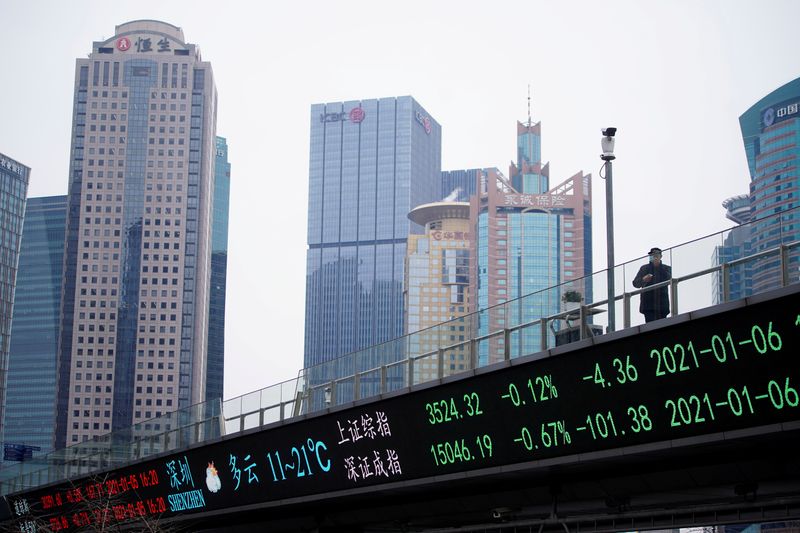
LEO
Oct 25, 2021 14:07

Gold tends to get all the glory in the investing world — it's the go-to people think of when they want an alternative investment to traditional stocks and bonds. But from time to time, the financial spotlight falls on silver, and it shoots up in price, even outperforming its yellow-metal cousin in the market.
Silver is a chemical element with the symbol Ag. A soft, white, lustrous transition metal, exhibits the highest electrical conductivity, thermal conductivity, and reflectivity of any metal.
Unlike gold, nearly half of silver's demand comes from the industrial sector. Silver is the best electrical and thermal conductor of all metals, making it highly valued for electrical applications. One of those industrial demand drivers is the fast-growing solar energy industry, which uses two-thirds of an ounce of silver in every solar panel.
In addition to being in high industrial demand, silver is also highly valued by investors because it shares many of the same investment characteristics as gold. A safe-haven metal, silver can be a hedge against both inflation and an economic downturn.
How to invest silver?
1. Physical silver
The physical metal is known as bullion. Investment-grade bullion typically refers to silver that's 99.9% pure. It comes in the following forms: bars, coins, and rounds.
Purchase of silver bullion, or actual silver bars and coins, is relatively easy way to invest silver. Although it is the most illiquid way to invest in silver, and each purchase of physical silver will have a slight premium added and the storage costs you may incur.
2. Paper silver
An asset that reflects the price of silver while not being silver itself; it's not backed by real metal, so it's considered to exist only on paper.
Holding paper silver enables one to get exposure to the price of silver without having to possess the physical metal and is considered more useful for trading purposes than for long-term investments.
3. ETFs & Mutual Funds
The price of silver can fluctuate as can the price of individual stocks. To that end, diversification is always a good idea. ETFs and mutual funds can provide the ideal alternative to invest in silver through a number of different stocks. This is precisely what you are doing by investing in an ETF or mutual fund. These are essentially baskets of stocks which are offered, and can be weighted toward any particular sector. In this case, you would be investing in a fund weighted in favor of silver.
4. Silver Stocks
Investing in stocks related to silver is another great way to get involved in the market. It could mean investing in companies that mine silver or anyone involved in the production process. These stock price in these companies is typically closely correlated with the price of silver.
This investment could stretch as far as companies in the sectors mentioned above, which use much silver in their products. The prices of silver will also impact these companies, and of course, investing in the stock market has great liquidity if you wish to sell or trade.
5. Silver CFD/London silver
Silver CFDs track the underlying silver price without actually owning any physical silver. Silver CFD can allow investors to trade in both directions to make a profit. That is, whether you have a negative or positive view on silver's price predictions, you can always try to profit from the future price movement.
6. Silver futures
Silver futures contracts give you the right to accept delivery at a specific price that fluctuates with the price of silver on a specified date in the future. If the price of silver rises, the value of your futures contracts will usually rise with it. If you don't want to receive the goods, you just need to sell them back before the contract expires.
Silver futures are usually quite close to silver spot prices, but there is still a risk of violations in the futures market, which may cause differences between spot prices and futures prices.
7. Silver option
Buy silver options to attain a position in silver for less capital than buying physical silver or silver futures. Silver options are available in the U.S. through the Chicago Mercantile Exchange (CME).
Options allow traders to profit whether the price of silver rises or falls. If the price of silver rises above your strike price before the option expires, you make a profit. If the price of silver is below your strike price, you lose the amount of money you paid for the option, called the premium.
Green stimulus would send silver soaring

Silver is set to benefit from a global solar energy drive, and it is once again time to buy the precious metal, Goldman Sachs analysts said.
Silver stands out as an "obvious beneficiary" with global infrastructure stimulus tilting toward renewable energy, and solar in particular, Goldman analyst Mikhail Sprogis said in a note. Solar investment accounts for 18% or silver industrial demand or 10% or silver total demand, he added.
Those upward solar surprises include both the U.S. and China stepping up plans for more solar installations.
The bank's equity analysts said, in a base case scenario, global solar installations would increase by 50% between 2019 and 2023 as the trend toward green energy accelerates. But there are several upsides to what they described as an "ambitious target," particularly if the U.S. and China pivot toward solar. Democratic presidential nominee Joe Biden's plan to install 500 million solar panels in the U.S. in the next five years could boost global installations by 15%, they noted, while China could also increase installations in its new 5-year plan, representing a 40% boost to global solar installations.
What are the risks of investing in silver?
Silver, like any investment, isn't all reward; silver brings its fair share of risks, as well.
1. Sensitive to recession: Driven as it is by industrial growth, the price of silver can be decimated by an economic slowdown.
2. Vulnerable to technology shifts: There's always potential for silver to be replaced by another metal in its manufacturing uses. Or for something to happen to the industry itself — witness the decline of photographic film, a big user of the metal.
3. Limited income/appreciation potential: as a tangible commodity, silver doesn't offer any interest like a bond or dividends like a stock. Your only chance to benefit is if you sell it during a price rise.
4. Unpredictable price moves: Because silver has worth in multiple categories, its price can vacillate wildly, caught in a tug-of-war between its industrial and investment valuations. Say investors bid up silver prices. "As the silver price rises, the incentive to recycle silver from industrial scrap, jewelry, and silverware grow," says Camerana. "As there is a lot of potential scrap around the world, it could cause unexpected oversupply," which would then cause the price to drop.

Oct 25, 2021 14:07

Oct 25, 2021 14:07